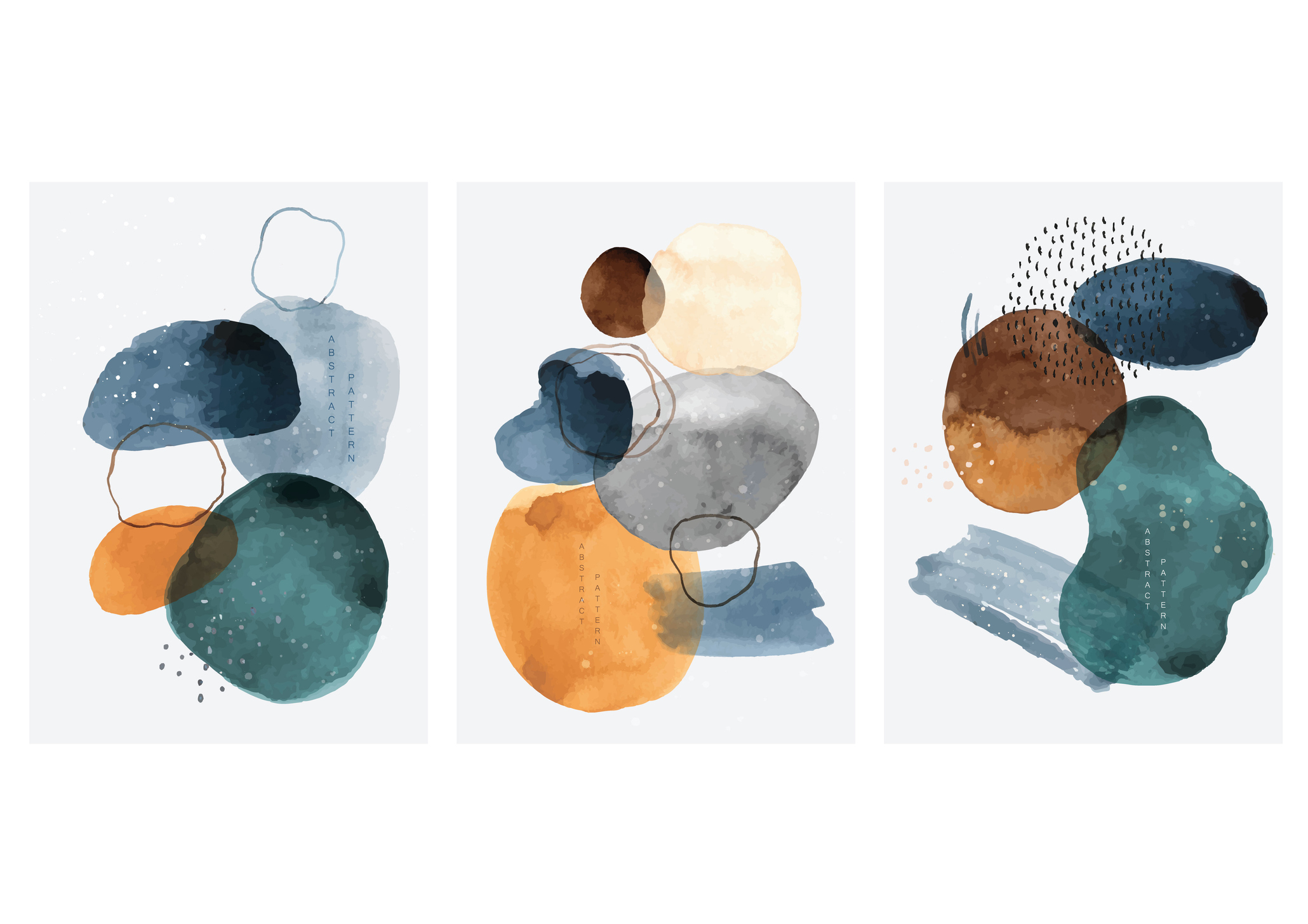The world of modern art has witnessed a remarkable transformation over the past century. Once derided and dismissed by traditionalists, modern art has now emerged as a global cultural phenomenon with some pieces fetching astronomical prices at auctions. This article delves into the journey of how modern art became so valuable, exploring the factors that have contributed to its rising worth.
shifting Perceptions
The first significant that contributed to the rising value of modern art was the change in public perception in the early 20th century, artists like Pablo Picasso and Heri Matisse challenged conventional artistic norms with their abstract and cubist, while these pieces were initially met with skepticism, they gradually gained recognition as innovative and groundbreaking.

Scarcity and Rarity
As Modern art gained acceptance, collections and museums began acquiring these works. any modern artists produced a limited number of pieces during their lifetimes, making their creations increasingly rare. This security naturally led to higher demand and subsequently higher prices in the art market.
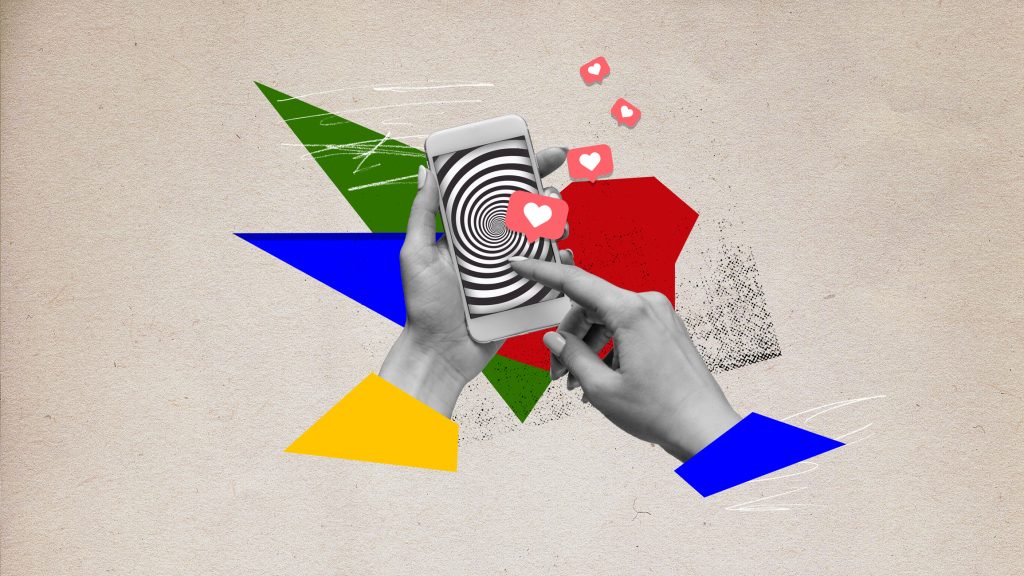
The role of ar Dealers and Galleries
Art dealers and galleries played a pivotal role in shaping the value of modern art. Visionary dealers like Leo Castelli and Peggy Guggenheim championed emerging artists and helped create a market for their works. Their efforts not only provide exposure to these artists but also increase the perceived value of their art.
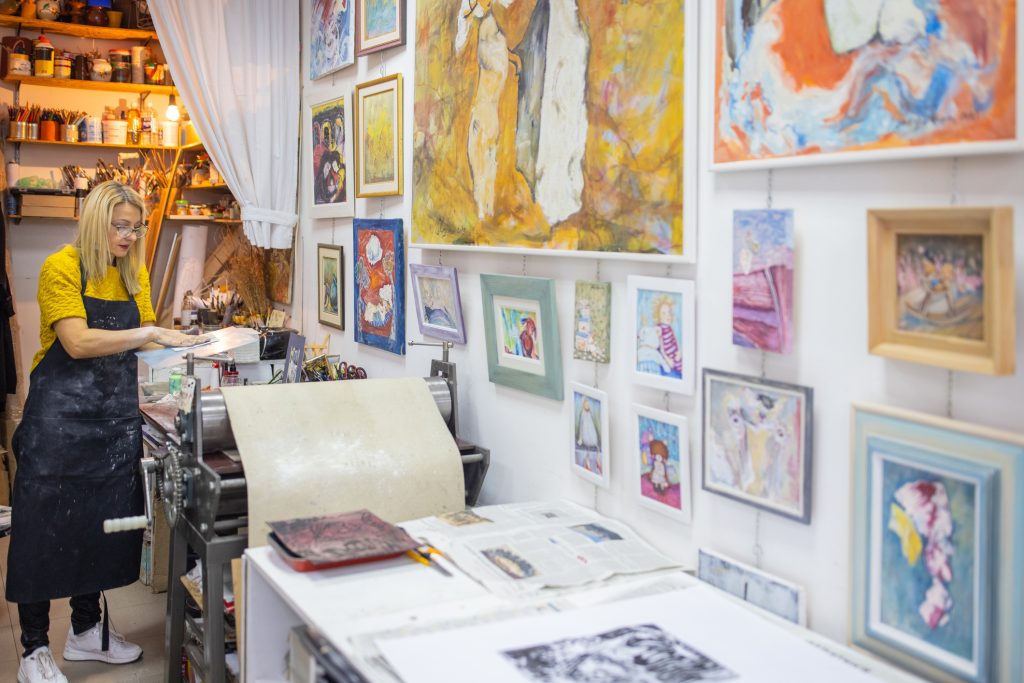
Iconic Masterpieces
Certain modern artworks achieved iconic status, further elevating their value. For instance? Jack Pollock’s “No.5,1948 ” and Andy Warhol’s Marilyn Monroe” became synonymous with the era and are now recognized as cultural landmarks. Such masterpieces transcend their artistic value and take on a historical and symbolic significance that drives their worth.
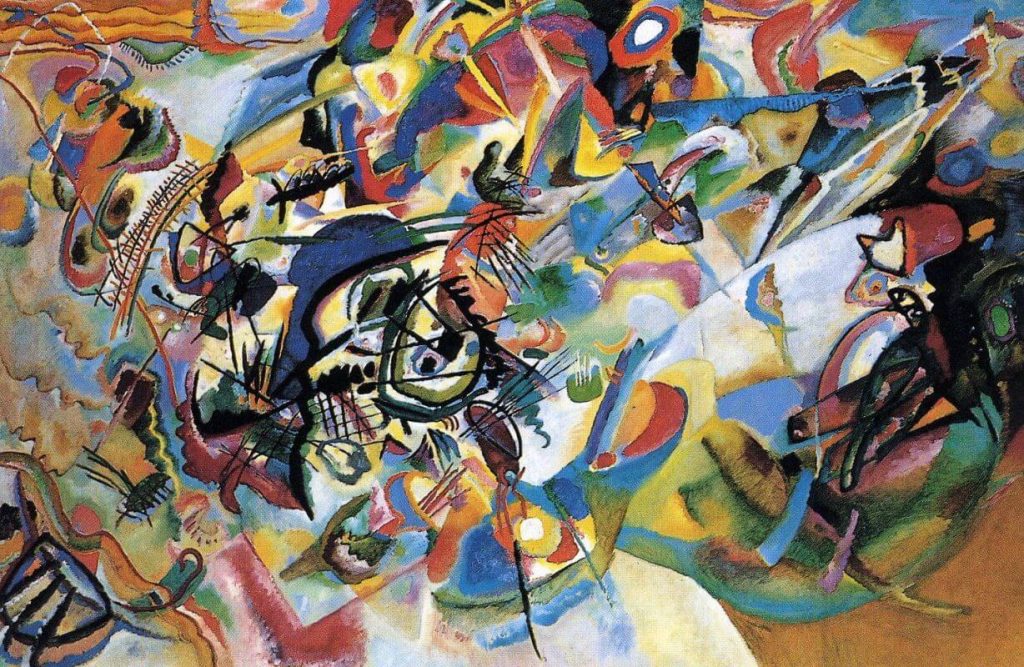
Globalization, the Internet, and the Enduring Value of Modern Art
Globalization has significantly impacted the art market, attracting collectors worldwide who seek modern masterpieces. The Internet and online auctions have made it easier for collectors to access art from anywhere. contributing to the global art boom. Modern art often reflects the cultural and social zeitgeist of the time, engaging with political, social, and philosophical issues, making it a cultural investment.
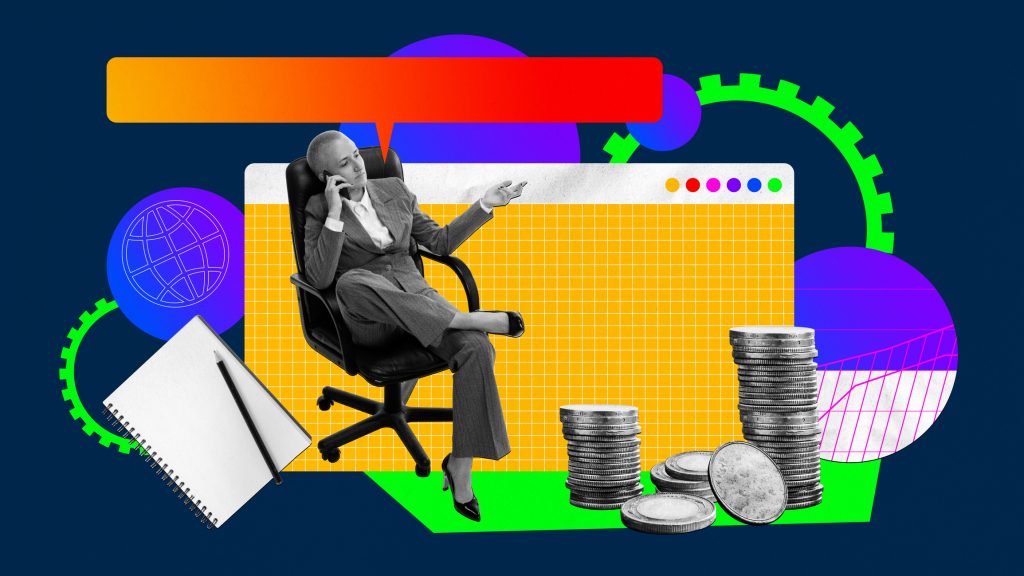
The journey of The world of modern art and how modern art has become so valuable is a testament to the evolving tastes, perceptions, and dynamics of the art world. what was once considered unconventional and challenging has become an integral part of our cultural heritage, commanding respect and admiration, as collectors and investors continue to appreciate the intrinsic value and historical significance of art modern art its worth is likely to remain on an upward trajectory. Modern art has truly become the most valuable and influential form of artistic expression in the contemporary world.

